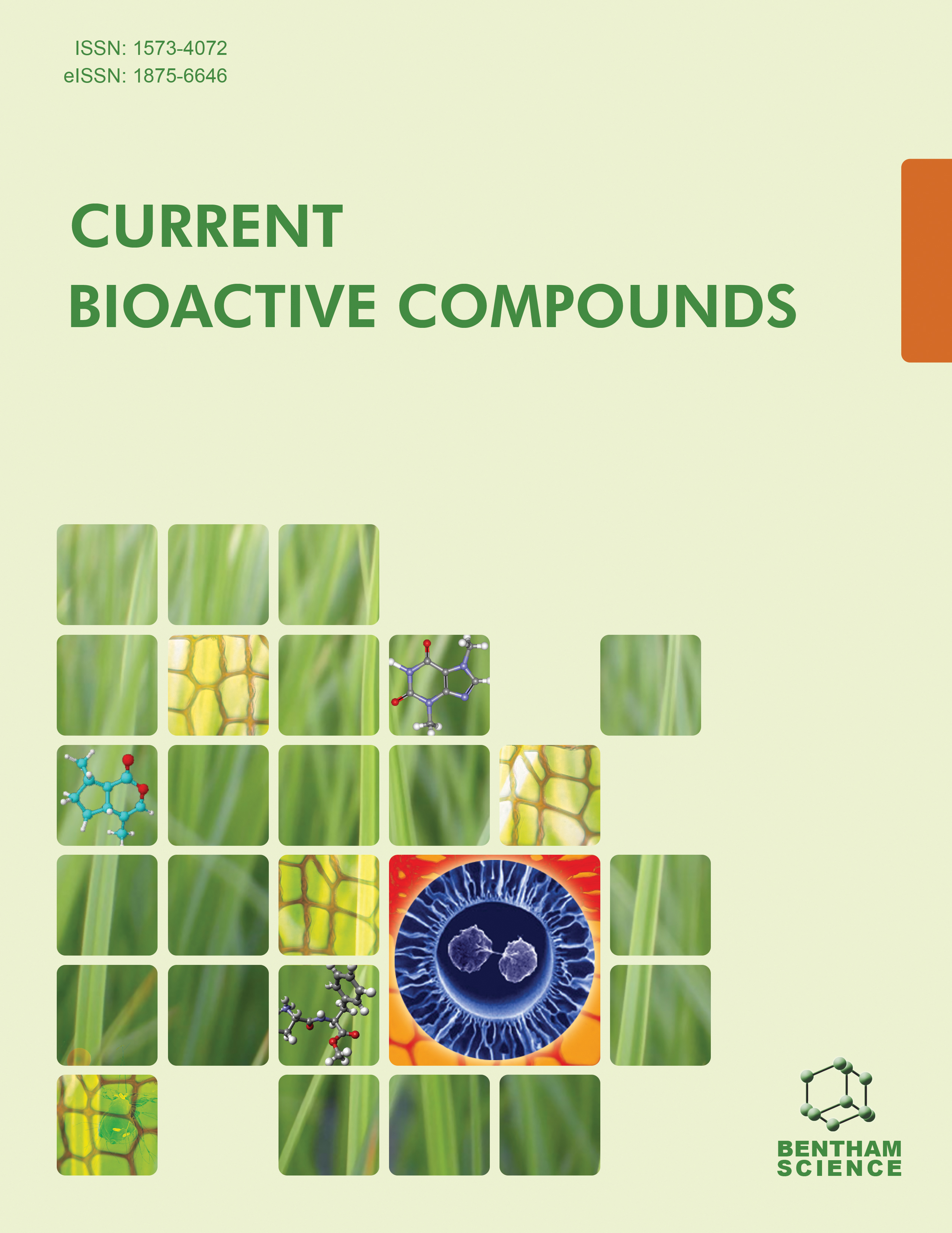
Full text loading...
Phenothiazine derivatives are a significant class of heterocyclic compounds with a wide range of pharmacological activities. Among these, their antioxidant properties have garnered considerable interest due to potential therapeutic applications in mitigating oxidative stress-related diseases. A new series of phenothiazine derivatives [5a-5h] was reported, produced by conjugating phenothiazine with arylamines via an acetyl group. The freshly synthesized compounds were analyzed using MS spectroscopy, 1H-NMR, and 13C-NMR spectral analysis. Two in vitro pharmacological techniques-human low-density lipoprotein (LDL) oxidation inhibition assay and the 2,2-diphenyl-1-picrylhydrazyl (DPPH) radical scavenging assay-were used to measure the antioxidant activity. While all the conjugates showed good antioxidant activity, compound 5h exhibited less antioxidant activity. However, compound 2e, which contains a 4-amino-2-methoxyphenol moiety, demonstrated strong antioxidant activity in all experiments and was found to be more effective than the reference antioxidant butylated hydroxyanisole (BHA). This study aims to synthesize a series of novel phenothiazine derivatives, characterize their structures using various analytical techniques, and evaluate their antioxidant activities. A series of phenothiazine derivatives were synthesized using standard organic synthesis protocols. The chemical structures of the synthesized compounds were confirmed using spectroscopic methods, including Nuclear Magnetic Resonance (NMR), Infrared (IR) spectroscopy, Mass Spectrometry (MS), and, where applicable, X-ray crystallography. The synthesized phenothiazine derivatives were successfully characterized by 1H-NMR, 13C-NMR, IR, and MS, which confirmed the expected molecular structures. The purity of the compounds was determined using High-Performance Liquid Chromatography (HPLC). The antioxidant activities of the derivatives were evaluated using the DPPH (2,2-diphenyl-1-picrylhydrazyl) radical scavenging assay, the ABTS (2,2'-azino-bis(3-ethylbenzothiazoline-6-sulphonic acid)) assay, and the FRAP (Ferric Reducing Antioxidant Power) assay. The results demonstrated that several of the synthesized phenothiazine derivatives exhibited significant antioxidant activity, with some compounds showing higher potency than standard antioxidants, such as ascorbic acid and Trolox. The structure-activity relationship (SAR) analysis indicated that the presence of electron-donating groups on the phenothiazine ring enhanced antioxidant activity.

Article metrics loading...

Full text loading...
References


Data & Media loading...

